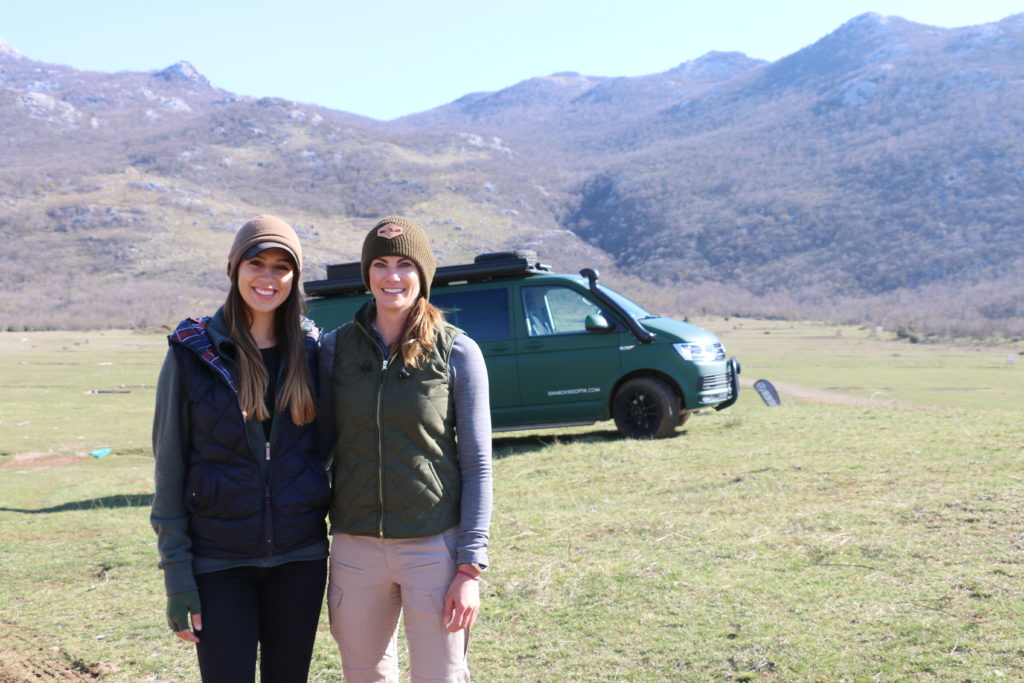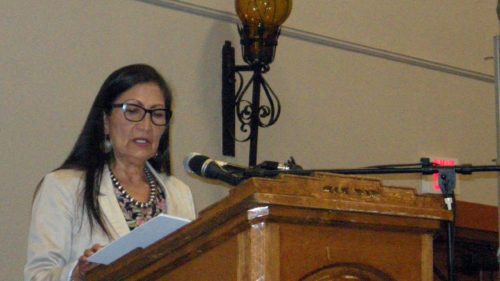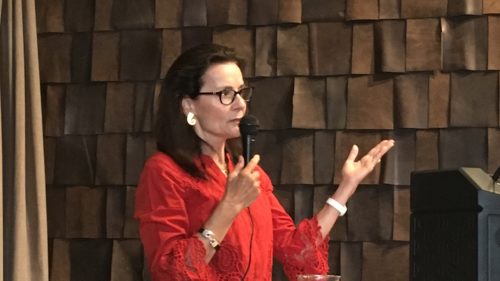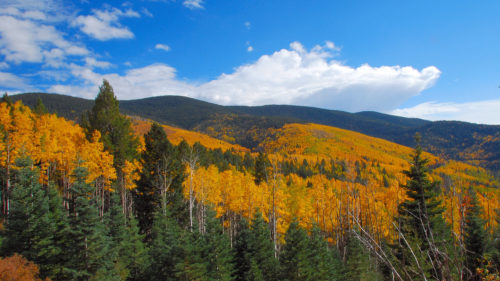First, allow me to paint a picture in your head. It’s an hour before sunrise on a crisp fall morning, you arrive at that “secret” trailhead and quietly close the door to your pick up. Anticipation is high, blood is pumping, euphoria is the only way to describe the moment. Now let me pause and take a second to acknowledge what makes this possible for the majority of us hunters in the United States, PUBLIC LAND! Without organizations such as the New Mexico Wildlife Federation supporting our nation’s greatest resource none of this would be possible, just ask our hunting companions in Europe. On a recent trip to Croatia I was lucky enough to do just that. Here are few things that I learned, and others that I was re-assured of…
- The concept of hunting public lands is, for the most part, unique to our country. It does not exist universally around the world.
- In the United States, wildlife is “owned” by the general public, not landowners. In many European countries, the wildlife is privately owned and hunting is reserved for the upper class.
- The average hunter in Europe spends between 25,000-30,000 Euro per year to hunt (1). An average hunter in the United States spends $2,800 USD every year to hunt (2).
- Theodore Roosevelt set the stage for America’s public land management 100+ years ago, which propelled the US model in a drastically different direction than our European ancestors.
- In the US, sportsmen and women contribute significantly to wildlife funding through state license and tag sales, the Pittman-Robertson Wildlife Restoration Act and the Dingell-Johnson Act, but numbers were hard to come by for Europe, leading me to believe the numbers aren’t significant.

Next time you step out of your truck onto a piece of publicly managed land, stop for a moment. Realize that as a US citizen, you have hunting opportunities unlike those internationally, including access to 640 million acres of wild space to roam and explore. I am proud of the success of our American model for hunting and conservation and hope to see the fruits of its continued success for many years to come.
References:
- Hunting in America: An Economic Force for Conservation. Produced for the National Shooting Sports Foundation in partnership with the Association of Fish and Wildlife Agencies. 2012
Retrieved from https://www.fs.fed.us/biology/resources/pubs/wildlife/HuntingEconomicImpacts-NSSF-Southwick.pdf
- How Europe Turned Hunting into a ‘White Collar’ Sport. S.H. BLANNELBERRY. 2016
Retrieved from https://www.gunsamerica.com/blog/hunting-europe-white-collar/



